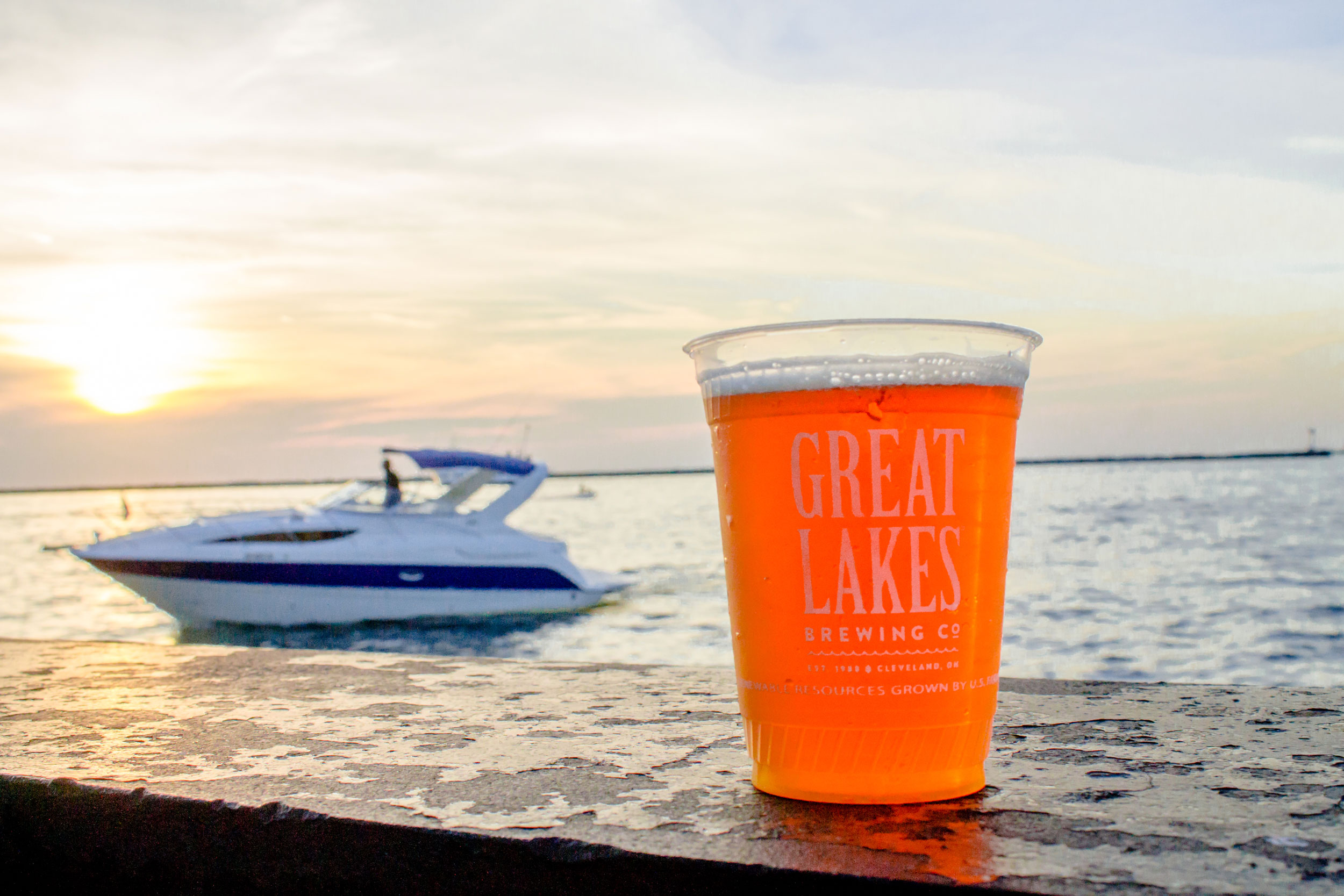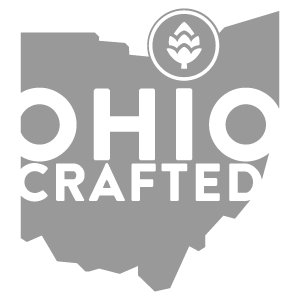
Lake Erie: A Brewer's Best Friend
Sure, we may travel across the country in search of the most pungent hops, brew with millions of pounds of barley, and care after our proprietary yeast like it’s a loved one, but there’s really no ingredient we care about more than water. Whether we’re spending our Month of Service cleaning up shorelines or raising money for clean water initiatives at Burning River Fest, we know the key to Brewing Good is the availability of clean drinking water. After all, you can’t brew great beer without great water.
Thankfully, we have one of the greatest freshwater resources right in our backyard. In honor of World Water Day, we sat down with Brewmaster Mark Hunger and representatives from Cleveland Water to find out why Lake Erie is a brewer’s best friend (and why it’s critical we protect it).
What parameters of water are important for brewing?
MH: All of them. Beer is 95% water, so everything from clarity to mineral content to PH levels is of the utmost importance. The chemistry of the water can really dictate how a beer turns out.
So not all water is created equal?
MH: Beer styles originated based on the water they were brewed with. Every region in Europe has their own style, and it’s mostly because brewers were trying to make the best of the water that was available to them. Pilsen, for example, has very soft water, so it’s important that the chemistry of your water reflects that if you want to brew a Czech-style pilsner.
The chemistry can affect other ingredients, too. For example, harder water can accentuate hop character. A common additive for brewing is gypsum, so this might be added too if a style calls for harder water. Sometimes we don’t need to add anything because the chemistry and quality of Cleveland water is already what we need it to be.
Why is that?
MH: The water we get from Lake Erie is extremely consistent and stable. The most stable water is groundwater, but the chemistry of it can be very specific depending on the geology of the source it comes from.
Consistency is so critical to good brewing. We’re fortunate to have Lake Erie because of how reliable it is. We get water analysis from Cleveland Water every year and the chemistry of our water doesn’t ever really change. That can’t be said of all water sources, and it makes our job a lot easier knowing the chemistry won’t be different from one day to the next.
To learn more, we met with Communications Coordinator Brenda Culler and Water Quality Manager Scott Moegling at Cleveland Water to find out why Lake Erie is such a dependable source for drinking (and brewing) water.
Tell us a little about Cleveland Water.
BC: We are the 9th largest public water system in the country and the largest on Lake Erie. We serve 1.4 million people in Ohio and our four treatment plants produce on average 210 million gallons of drinking water each day.
What is the water treatment process?
SM: We remove dirt, bacteria, viruses, parasites, and chemical impurities from the lake water and turn it into safe drinking water. Cleveland Water’s treatment process includes primary steps of coagulation, flocculation, sedimentation, filtration, disinfection, and finishing. {Authors’s note: you can see the entire process here.}
BC: By law, ingredients like chlorine are added to combat bacteria and possible recontamination, while others are added to protect dental health and prevent pipe corrosion. Staff test the water throughout the day every day to make sure it’s clean and safe to drink. The Garrett A. Morgan Water Treatment Plant on Cleveland’s West side has the capacity to treat 150 million gallons per day, pumping an average of 45-50 million gallons of water a day to residents.
Our Brewmaster says brewing with Cleveland water is easy because of how reliable it is. Why is that?
SM: Source water can change on an hourly basis. Rain, snow, industrial runoff, and organic materials can change the quality and chemistry of water instantly. Let’s say it’s autumn and a heavy rain knocks down leaves and they all wash into a river. If that river is your main source of water, you’ll likely see an increase of tannic acid from the additional organic material being introduced. Or a heavy snowmelt might cause road salt to infiltrate a river through the storm sewers. The constant shifting of chemistry makes treating that kind of source water harder because of how unpredictable it can be every hour, every day.
BC: Constantly changing water quality is not really an issue we see with Lake Erie. We have four water intakes three to five miles off the shore, each in about 35 to 50 feet of water. The intakes are so far out from shore and at a depth that the water just isn’t affected by those kinds of changes.
SM: The importance of the depth and distance of our intakes cannot be overemphasized. It’s absolutely critical to our product. The location of the water source dictates its quality and our intakes are constantly pulling in stable water with reliably consistent chemistry.
So how do you evaluate consistency?
SM: Predictable water allows for predictable treatments and predictable outcomes. Lake Erie just doesn’t change that much, and when it does, we know it’s going to change. For example, year in and year out, the pH levels of our water source are somewhere between 7.5 and 8.0 in the winter and 8.0 to 8.4 in the summer. Since we aim for slightly above neutral pH in the finished product, the regularity (and predictability) of Lake Erie makes it easier for us to treat.
But what if something did change?
BC: Our facilities use state of the art equipment. Our intakes are equipped with devices that measure the quality of the water in real time, so we can check the turbidity and the pH levels of the water before it even reaches a treatment facility. We even use satellite imagery to monitor lake conditions. The level of advanced warning we can get gives us time to prepare and take preemptive action if needed.
SM: Again, the importance of distance and depth of our intakes cannot be overemphasized. Each of our four intakes are spaced out across 15 miles, so if the quality of water at one intake is giving us concern, we could possibly shut that treatment plant down if needed and still draw water from the rest of the intakes and continue treating it for distribution at our treatment plants. Our goal is to make it so that our customers never have to think about it.
What are the environmental threats to Cleveland’s water supply?
BC: Anything and everything. Whether it’s polluted run-off or a tanker spill, it’s critical we protect Lake Erie. We are so fortunate to have a giant freshwater supply (that is also an economic engine) in our backyard that people honestly forget just how lucky we are.
SM: Industries all around the world depend on water, and it’s becoming an increasingly big concern for many countries. When it comes to drinking water, we’re in a region where we don’t have to worry about drought. That’s not something that can be said in many places throughout the US. There is no other resource more vital to protect in our region than what we have in the Great Lakes.
Want to learn more about? Join Cleveland Water at their annual Drinking Water Week Open House on Saturday, May 11. See all of the ways we’re protecting our freshwater resources here.
Words by Adam Ritterspach









